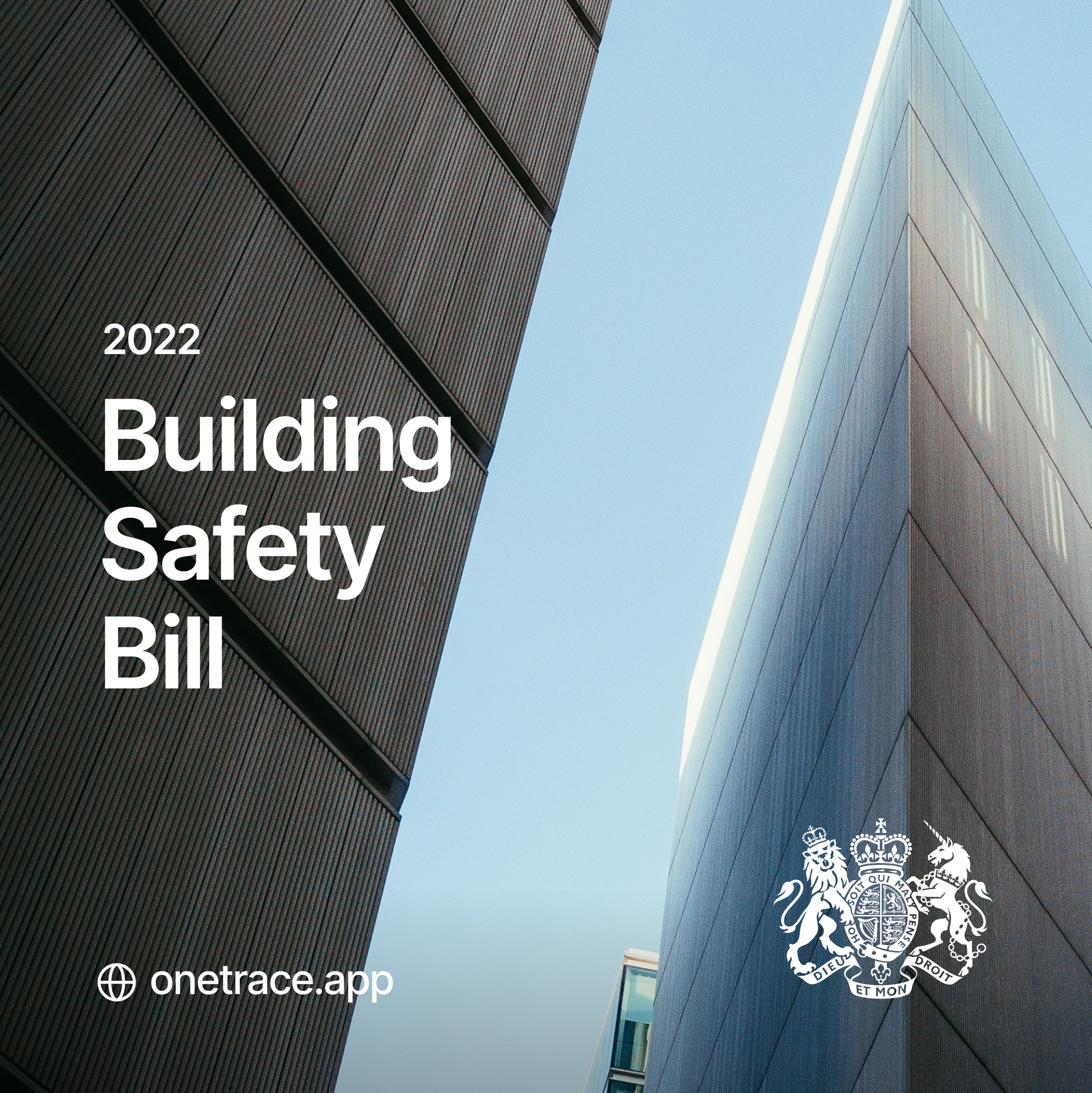
Building Safety Bill 2022: A Quick Summary and Guidance
June 14, 2017, was the day of the Grenfell Tower Fire tragedy where the high-rise building was...
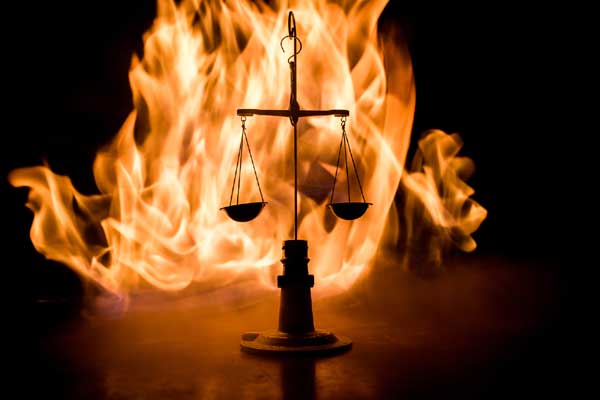
Let one of our representatives take you around the system.
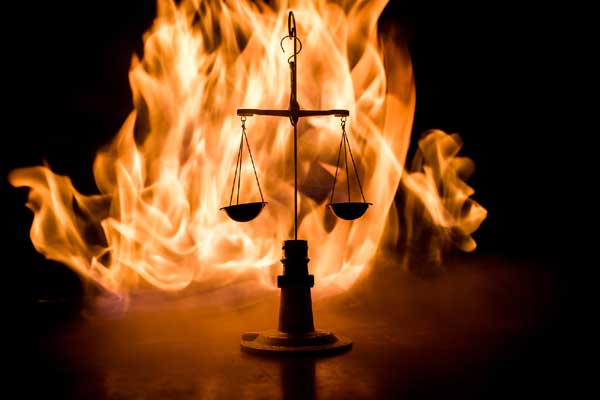
Did you know there were 548,881 recorded incidents of fire by the end of June 2022 within the United Kingdom alone? In the wake of an increase in occurrences, finding a proactive approach that protects not only the buildings but also those residing in them is of paramount importance.
While none of us can predict the occurrence of a potential hazard, we certainly can employ some passive fire protection systems and educate everyone regarding fire safety in case adversity calls for it.
To sail through any such event smoothly, according to the Regulatory Reform (Fire Safety Order) every business, charity and other organisational premises in the United Kingdom by law is required to conduct regular fire assessment audits and it is the duty of the designated ‘Accountable Person’ to ensure that it happens in a timely manner.
As per the description rendered by The Fire Safety Order, anyone who exercises control or a degree of control over certain buildings or developments and holds the key information regarding the property is known as the Accountable Person.
Due to the nature of fire hazards and their havoc-wrecking potential, it is of paramount importance to have dedicated personnel who has the authority and competence to shoulder the responsibility of the premise and human life.
In the absence of a streamlined process and a dedicated person who bares the responsibility of safeguarding everyone involved, the loss of infrastructure and human life in the event of an actual fire would be catastrophic.
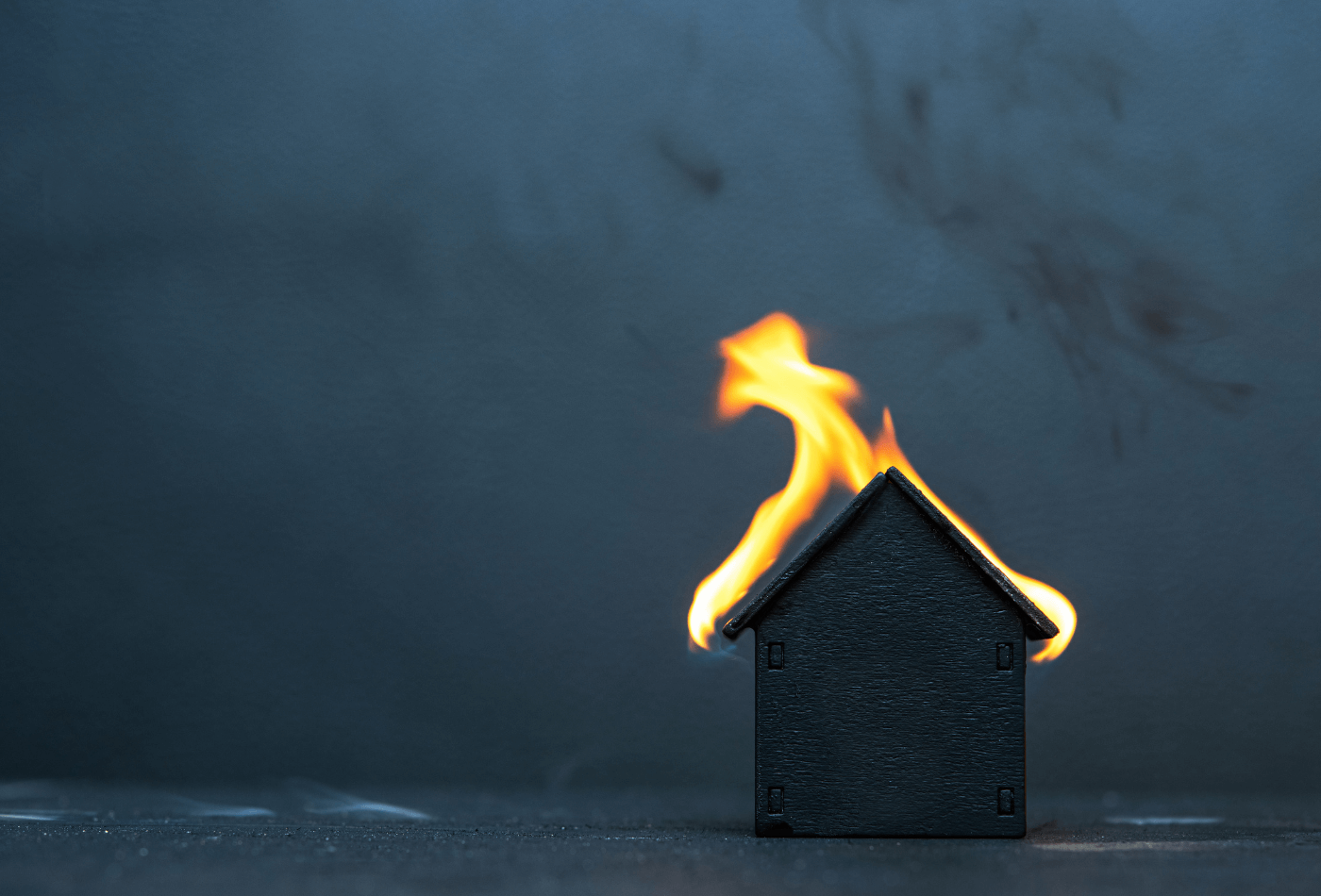
Since the beginning of October 2006 the Regulatory Reform (Fire Safety) Order 2005, states that the Accountable Person (AP) of any non-domestic premises must conduct a fire risk assessment, identify those who are at risk and implement measures to reduce or eliminate the risk of any potential fire.
A fire risk assessment can be better understood as a checklist of steps that every ‘Accountable Person’ has to comply with. According to the law, every fire risk assessment must include the following:
→ Identify any potential hazard.
→ Identify people who are at risk.
→ Take proactive steps to eliminate or reduce the risks of any fire-related hazard.
→ Document the findings in an orderly manner.
→ Mediate an evacuation plan that ascertains the safety of anyone who is in the building at the time of fire.
→ Provide training, increase awareness and conduct fire drills.
For an individual who is entrusted with the responsibility of being an Accountable Person of a premise, they need to ensure that the premise is outfitted using functional active and passive fire protection systems.
Fire extinguishers, fire detectors, smoke alarms, and for that matter any precautionary tool needs to be always placed in plain sight where they are easily accessible to be used.
Once all the passive fire protection systems are put in place, the accountable person needs to ensure that they are documented, and monitored on a regular basis, review the premises frequently to keep the document up-to-date and make revisions in case adversity calls for it.
4) Inform Staff/Inhabitants Regarding Any Potential Risk That He/She Might Have Observed
Aside from maintaining records, the Accountable Person needs to be vocal about any potential risk that they’ve identified and share the information with every person who is most likely to be affected in case of an incident.
5) Plan and Always Be Prepared for a Swift Exit
What is the most efficient way to safeguard yourself in the face of a fire-related incident? Be calm, be aware and don’t panic. Simply follow through with the actionable evacuation plan that has been constructed by the Accountable Person for your dwellings. Perhaps that is why it is important to have a person who shoulders the responsibility of keeping everyone safe.
6) Act as a Guide and Impart Knowledge Regarding Safe Evacuation, Assembly Points and the Fastest Exit Route
As they say, prevention is better than a cure. The Accountable Person by law is expected to act as a knowledge bearer who from time to time reminds the inhabitants about the risks involved and educates them about the most efficient way of exiting the premise in case the situation calls for it.
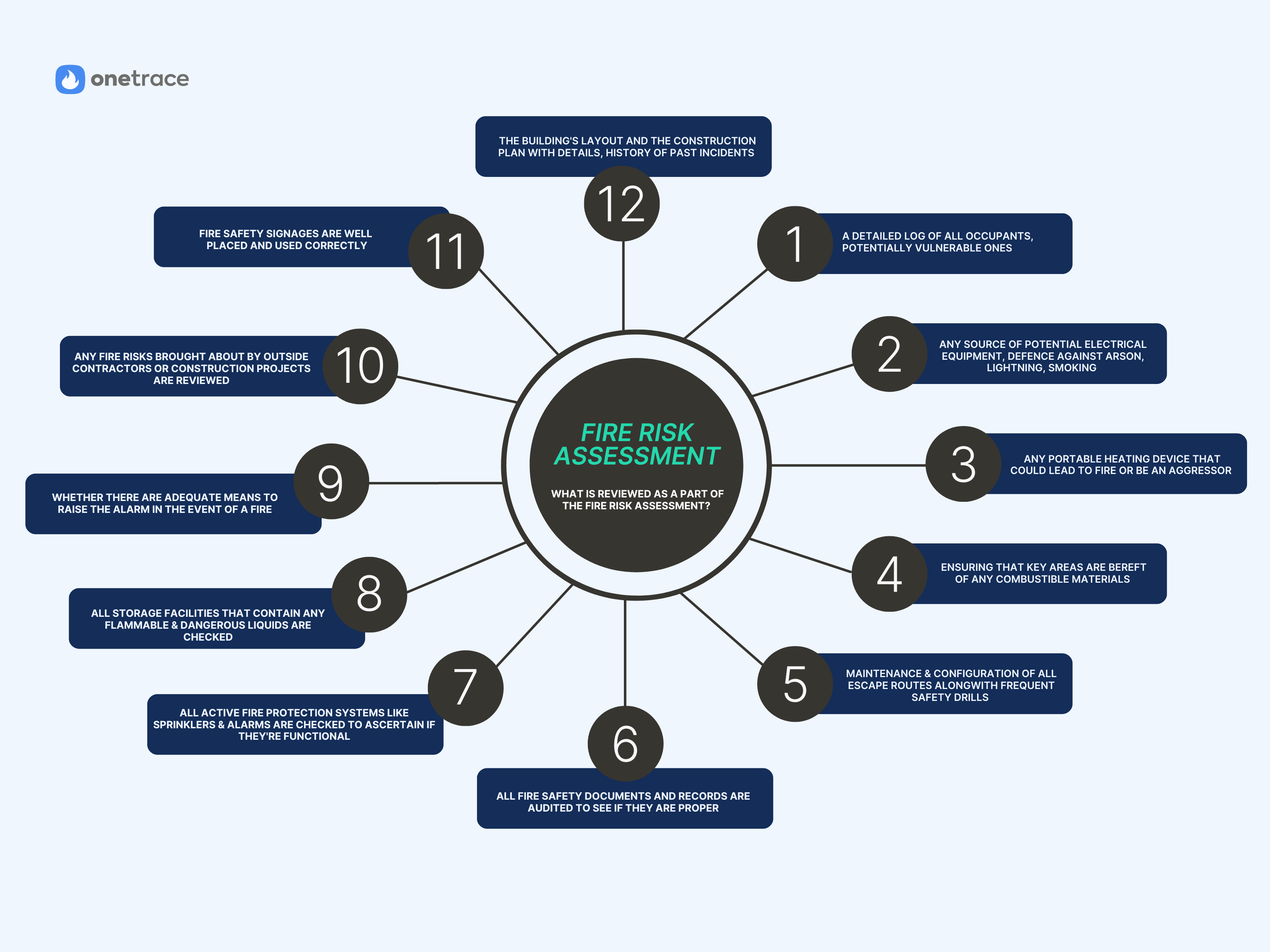
In most cases, what parameters need to be monitored is dictated by the complexities of the building in question. But, in most cases, every risk assessment should ideally be looking out for the following:
→ All relevant details regarding the building (name, address, contact details, name of the employer, occupants, layout of the building, history of any fire related incident etc).
→ Any changes or refurbishments that took place on the building since the last fire assessment.
→ Any potential substance or electrical or lightning source that could lead to a potential fire should be reviewed and alterations be made incase they pose a threat to the safety of the building and the occupants.
→ Smoking areas need to be inspected to ensure they are safe and don't pose any threat to causing fire-related incident.
→ Heating devices both installed or portable need to be audited.
→ General house keeping areas are to be inspected to ensure that they do not contain any combustible materials.
→ All measures are well-maintained and in place to limit the impact of any fire.
→ Double-check whether timely safety and evacuation drills are being conducted on the premise.
→ Ensure that all documentation is maintained in the correct format.
→ Ensure the entire building has well-placed fire-safety signages.
→ Defence scheme against any sort of arson.
→ Adequate number of fire alarms are put in place to raise the alarm incase of any incident.
Even though nobody can predict the occurrence of a fire, the overall damage would be far less and well-contained if proper preventive measures were in place. Moreover, having an accountable person helps establish authority in the case of any fire related tragedy so proper measures can be taken to provide well deserved compensation.
Hence, the latest legislations are like a beacon of hope that make it a legal requirement to religiously follow all safety measures related to fire safety to mitigate the life threatening risks that come with roaring fires.
Disclaimer: The material and information contained on this website is for general purposes only. You should not rely upon the material or information on the website as a basis for making any business, legal or any other decisions. Whilst we endeavour to keep the information up to date and correct, Onetrace Ltd makes no representations or warranties of any kind, express or implied about the completeness, accuracy, reliability, suitability or availability with respect to the website or the information, products, services or related graphics contained on the website for any purpose. Any reliance you place on such material is therefore strictly at your own risk. Onetrace Ltd will not be liable for any false, inaccurate, inappropriate or incomplete information presented on the website. Although every effort is made to keep the website up and running smoothly, due to the nature of the internet and the technology involved, Onetrace Ltd takes no responsibility for and will not be liable for the website being temporarily unavailable due to technical issues (or otherwise) beyond its control or for any loss or damage suffered as a result of the use of or access to, or inability to use or access this website whatsoever.

Building Safety Bill 2022: A Quick Summary and Guidance
June 14, 2017, was the day of the Grenfell Tower Fire tragedy where the high-rise building was...
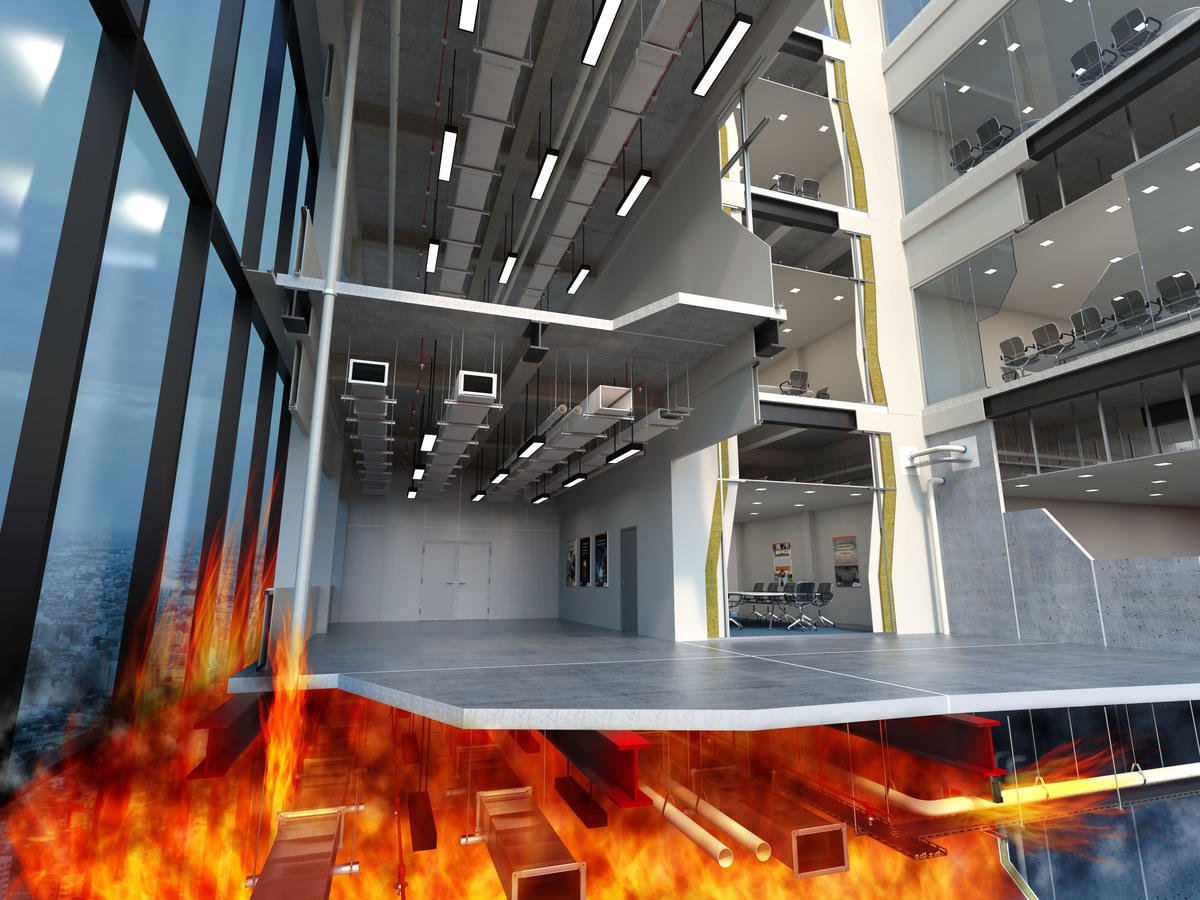
Active and Passive Fire Protection Systems: How Important Are They?
London has come a long way since the tragedy of the Great Fire of London in 1966 that engulfed the...
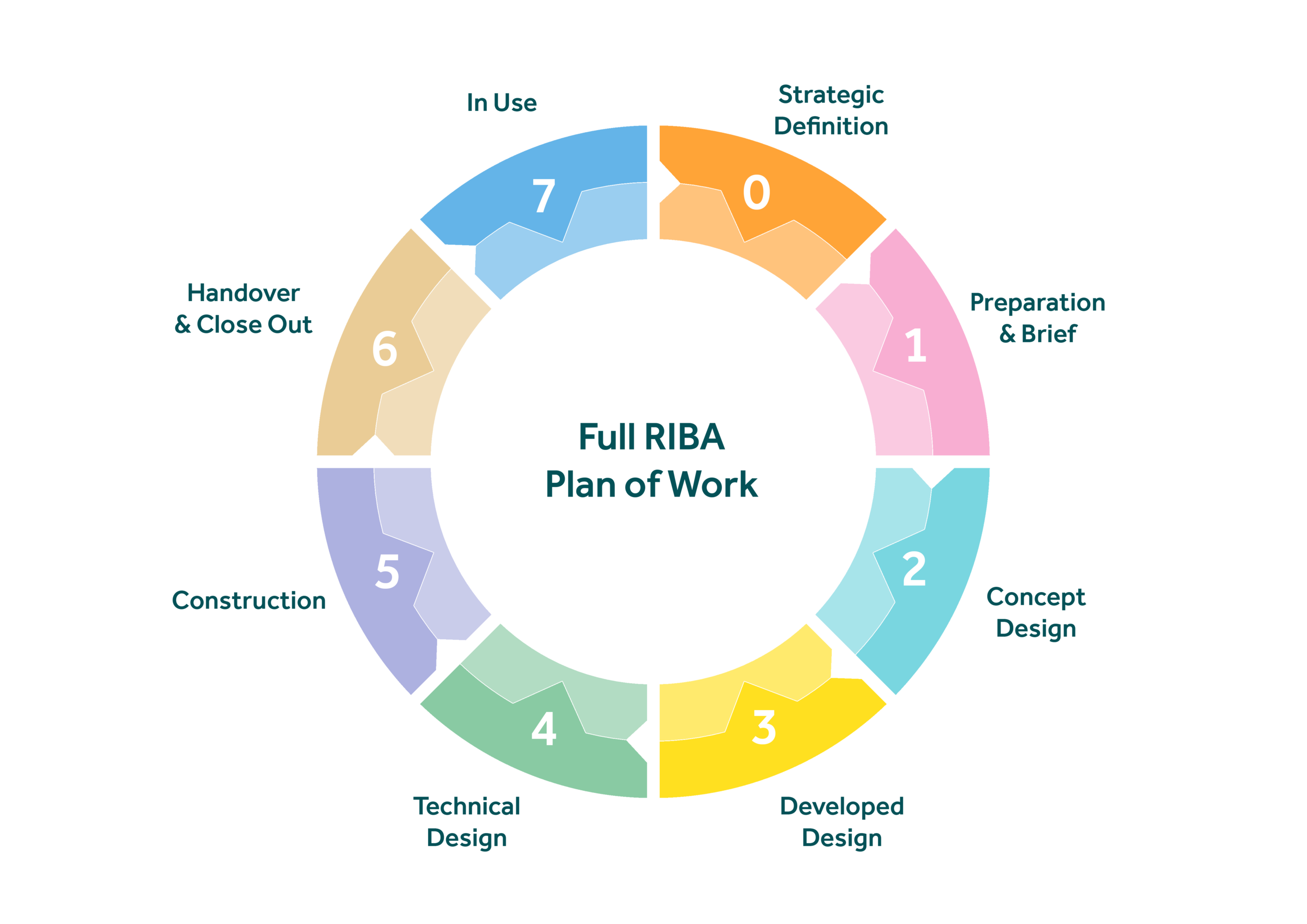
RIBA Plan of Work: What Is It? Why Is It Important?
Initiated in 1963, The RIBA Plan of Work is a framework that can be used by architects to work on...